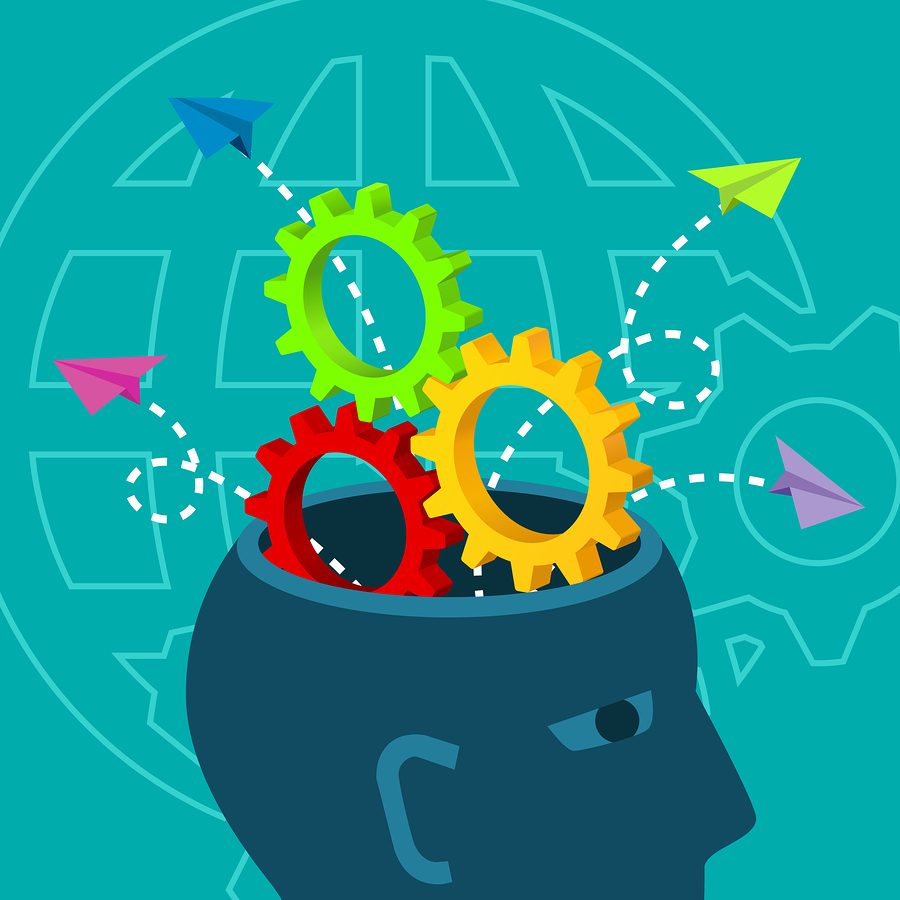Here are some simple exercises to develop your critical thinking, an essential quality for the business analyst.
To find effective and innovative solutions to a company’s problems, the business analyst has every interest in being a professional in critical thinking and must know how to constantly question his own patterns of thought. Of course, some of your own intuition and natural intelligence is required, but critical thinking is also acquired through exercises. There is an endless number of them! Here are our favourite four.
Moral dilemmas to be analyzed
Do you know about the Heinz dilemma? It relates to the story of a man who wanted to save his wife from a serious illness without having the means to pay for expensive drugs. Should he steal the drugs or let his wife die? Thinking about this type of case by attempting to get yourself out of your value system and consider all the options is a good exercise to overcome narrow-mindedness. After considering the Heinz dilemma you can tackle many other dilemmas.
Analyze your competitors
From the activities of the competing company, try to detail all of its business strategy and measure its effectiveness in reaching its targeted customers. The idea is not to copy the competitor’s strategy but to deconstruct it and disassemble it to better analyze the flaws and avoid them on your side.
Think using images
Words and speech are often the first tools that we use, by reflex and by habit, to think about a problem. But in certain cases, developing your ability to reflect on situations through images proves to be a winner. You can draw diagrams, placing images on a large table or make a slideshow, then analyze these images to try to extract different meanings, different perspectives on the subject you are considering. Often, new ways of seeing your problem will emerge.
Putting the web through a fine comb
Gérard de Vecchi, a European specialist in the development of critical thinking, proposes among other things in his book Training the Critical Mind an analysis exercise drawing from different online sources on the same subject. It involves gathering articles found on different sites and questioning the information, searching for the sources, questioning everything and comparing the nature and value of the information gleaned from each of the articles. It’s an effective way to not let yourself be duped and consequently to cultivate this state of mind in everything you do.
